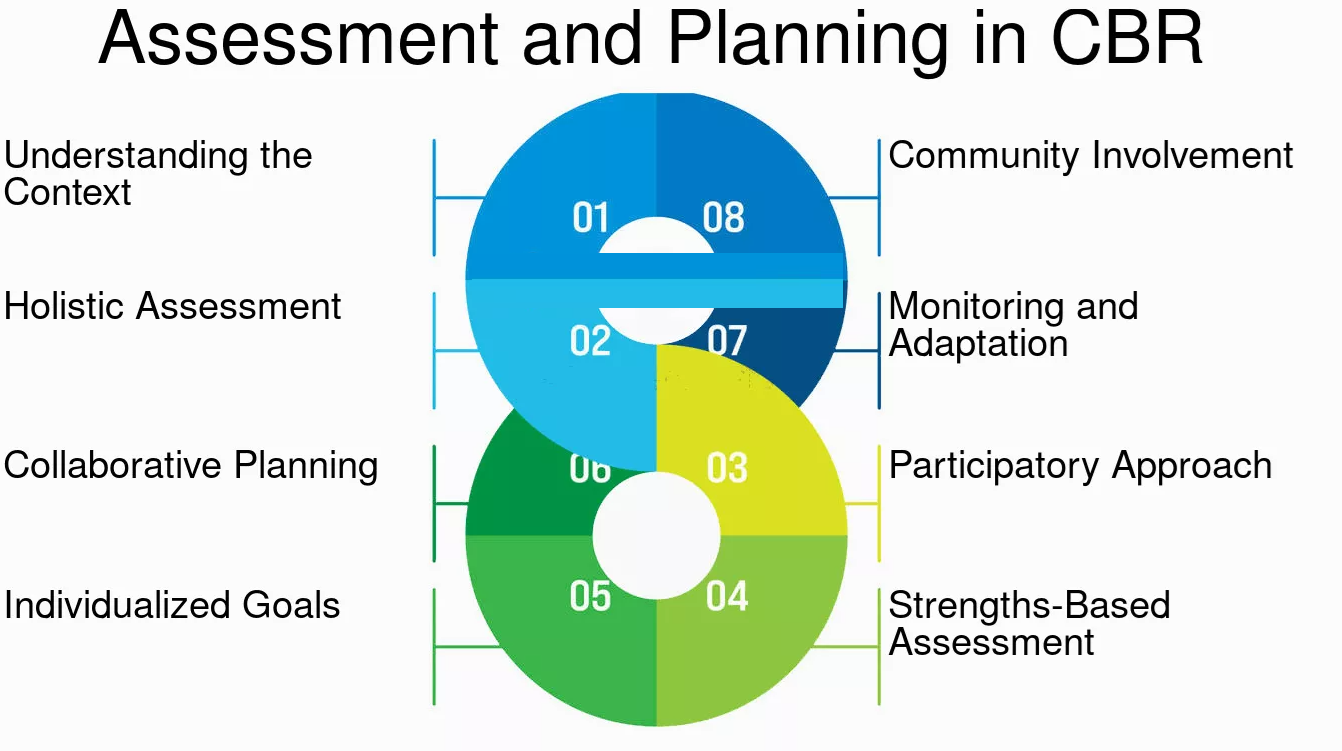Rural and urban problems in planning
Rural and urban areas have distinct but interconnected challenges that require strategic planning to ensure sustainable development, economic growth and social equity. These problems vary according to geographic, socio-economic and infrastructural conditions.
Rural planning problems
- Infrastructure gaps: Access limited to roads, public transport, electricity, water supply and sanitation facilities.
- Agricultural sustainability: Decrease in soil fertility, impacts of climate change, water shortage and market access for agricultural products.
- Migration and depopulation: Young populations migrating to urban centers for education and employment, leading to an aging rural population.
- Limited health and education establishments: Inadequate medical and educational establishments lead to a lower quality of life.
- Economic stagnation: Lack of industries, poor connectivity and insufficient government support for rural companies.
- Land use conflicts: Unregulated expansion of agriculture and deforestation affecting biodiversity and balance of ecosystems.
Town planning problems
- Transport traffic congestion and shortcomings: Poor public transport, inadequate pedestrian infrastructure and excessive dependence on private vehicles.
- Housing shortages and informal colonies: Increase in the urban population leading to slums and informal housing developments.
- Environmental pollution: Air, water and noise pollution due to industrial activities and vehicle emissions.
- Urban sprawl: Urban expansion of urban areas leading to the ineffective use of land and to the loss of green spaces.
- Social inequality and gentrification: The rise in real estate prices pushes low -income residents to the urban outskirts.
- Waste management problems: Ineffective elimination and recycling systems causing environmental risks.
Community methods and based on the planning workshop

Community commitment is crucial to meet the rural and urban challenges of town planning. Participatory planning ensures that the needs and aspirations of local populations are taken into account.
Community methods
These methods involve local residents in planning and decision -making processes to guarantee basic solutions that align with their needs. Some key community approaches include:
- Participatory rural assessment (PRA)::
- Engages rural communities in the evaluation of their needs and resources.
- Use tools such as mapping, classification exercises and problems analyzing.
- Community::
- Implies a brainstorming of the sessions where members of the community collectively shape the vision of development.
- Help in the fixation and planning of long -term objectives.
- Discussion of discussion groups (FGD)::
- Facilitates dialogues among specific groups (for example, farmers, women, young people) to collect ideas and opinions.
- Stakeholder consultations::
- Engages local managers, companies and civil society organizations for integrated planning.
- Citizen observatories::
- Use technology (for example, mobile applications, GIS mapping) to collect community data in real time for planning purposes.
- Design workshops::
- Implies local populations in the design of solutions, in particular in urban redevelopment or infrastructure projects.
Workshop -based methods
The workshops provide a structured framework for collaborative problem solving between stakeholders, planners and decision -makers.
- Scenarios planning workshops::
- Participants develop and compare alternative future development scenarios.
- Useful in climate resilience and planning of urban expansion.
- Design carts::
- Short -term workshops in which multidisciplinary teams work with communities to create urban or rural conceptions.
- Deliberative forums::
- Structured discussions where various stakeholders debate questions and develop solutions focused on consensus.
- Capacity building workshops::
- Training sessions that equip knowledge communities on sustainable practices, governance and resource management.
- Policy co-creation workshops::
- Implies decision -makers and citizens in the drafting of political frameworks who reflect the realities on the ground.
- Hackathons and innovation laboratories::
- Use collaborative technology and solving problems to develop data -oriented solutions for urban and rural challenges.
Approach rural and urban planning problems using these methods
The effectiveness of community methods and based on planning workshop depends on their application to specific problems. Some examples include:
- Improved rural infrastructure: Participatory cartography and stakeholder consultations help prioritize infrastructure projects such as roads and irrigation.
- Manage urban growth: Scenarios planning workshops guide zoning policies and land use regulations.
- Improvement of public transport: Co-design workshops with urban residents can refine public transport roads and services.
- Mitigate environmental challenges: Citizens' observatories help monitor pollution and waste management in real time.
- Empower local savings: Capacity building workshops support small businesses, cooperatives and sustainable agriculture.
By integrating these participatory approaches, planners can create more inclusive and sustainable rural and urban environments, ensuring that development initiatives align with the needs of the people they serve.


